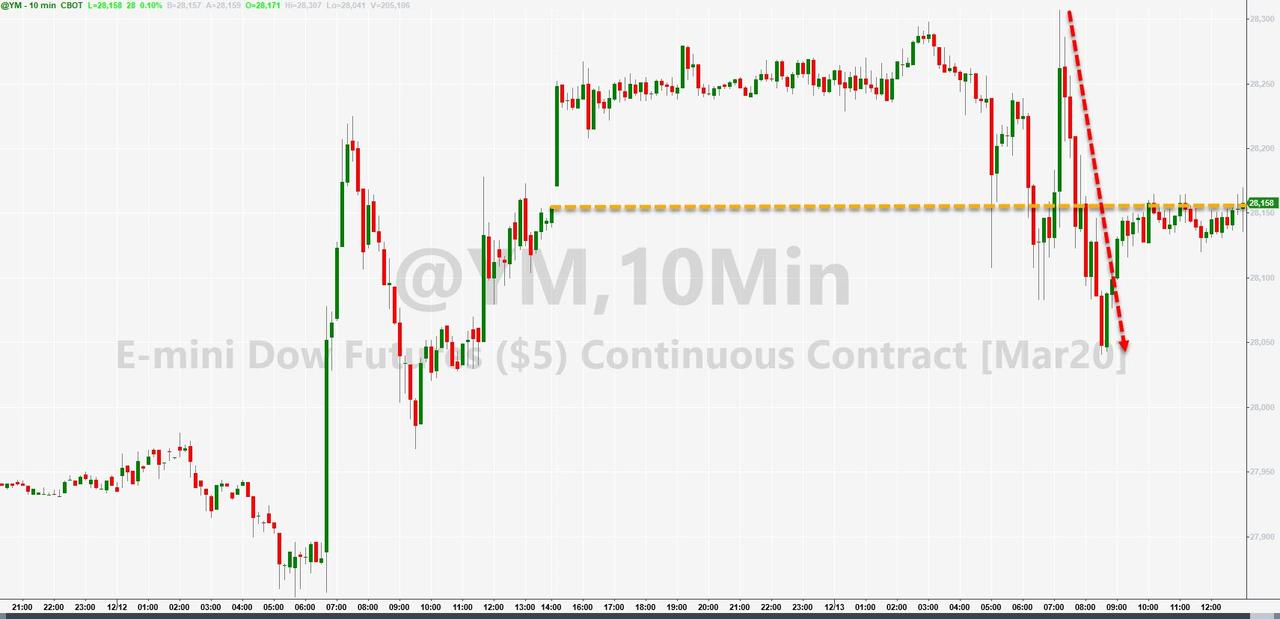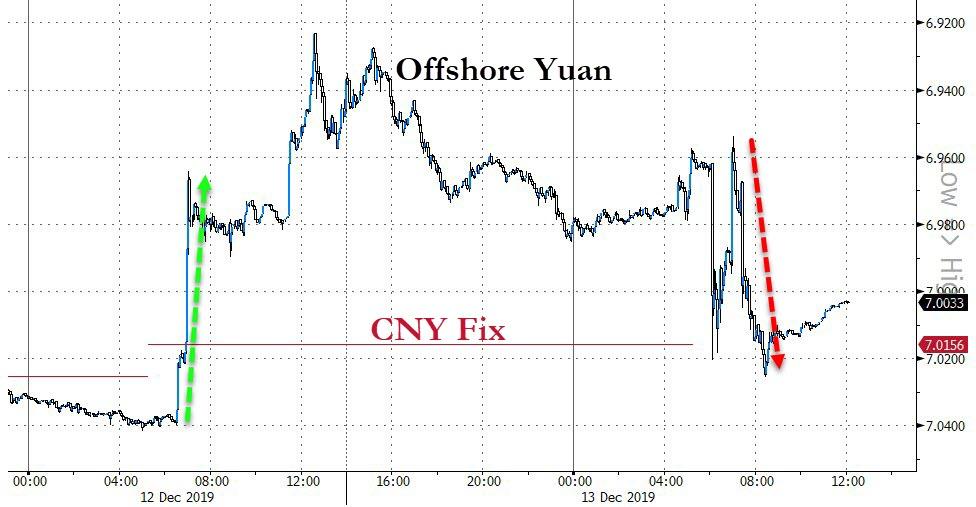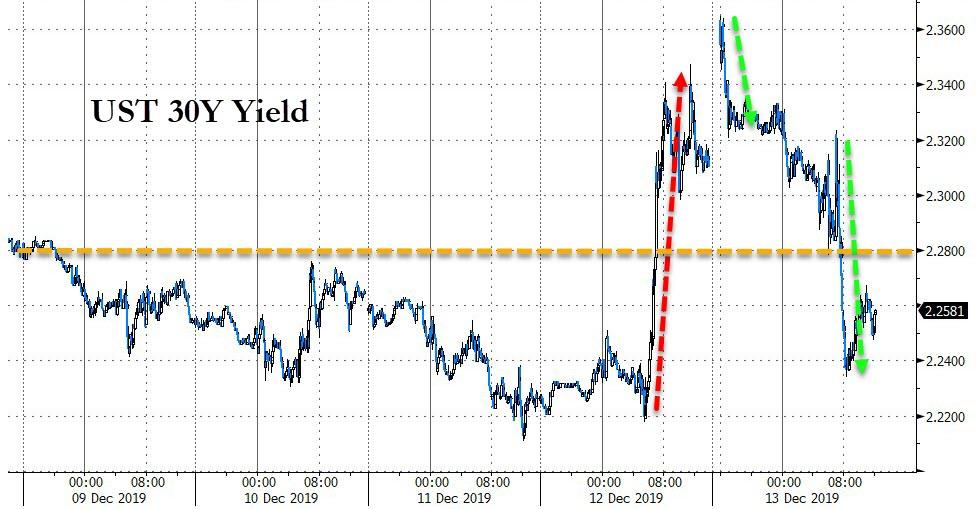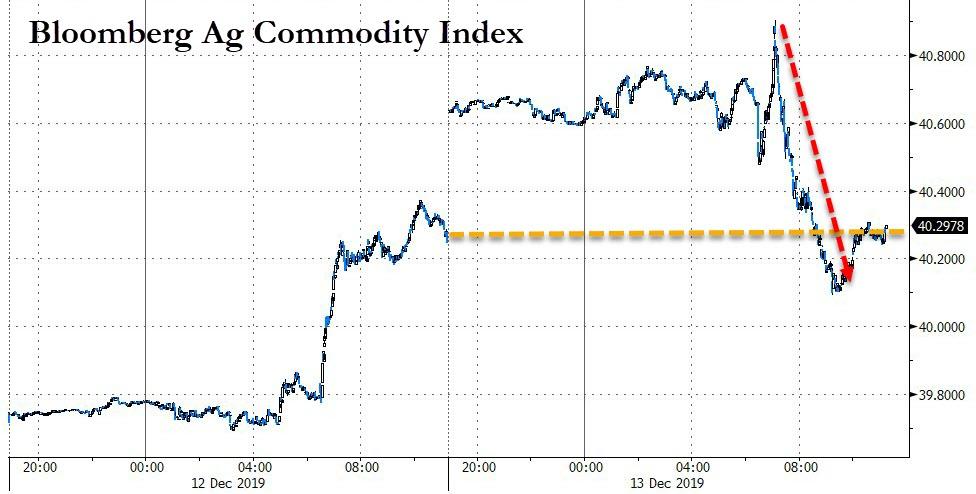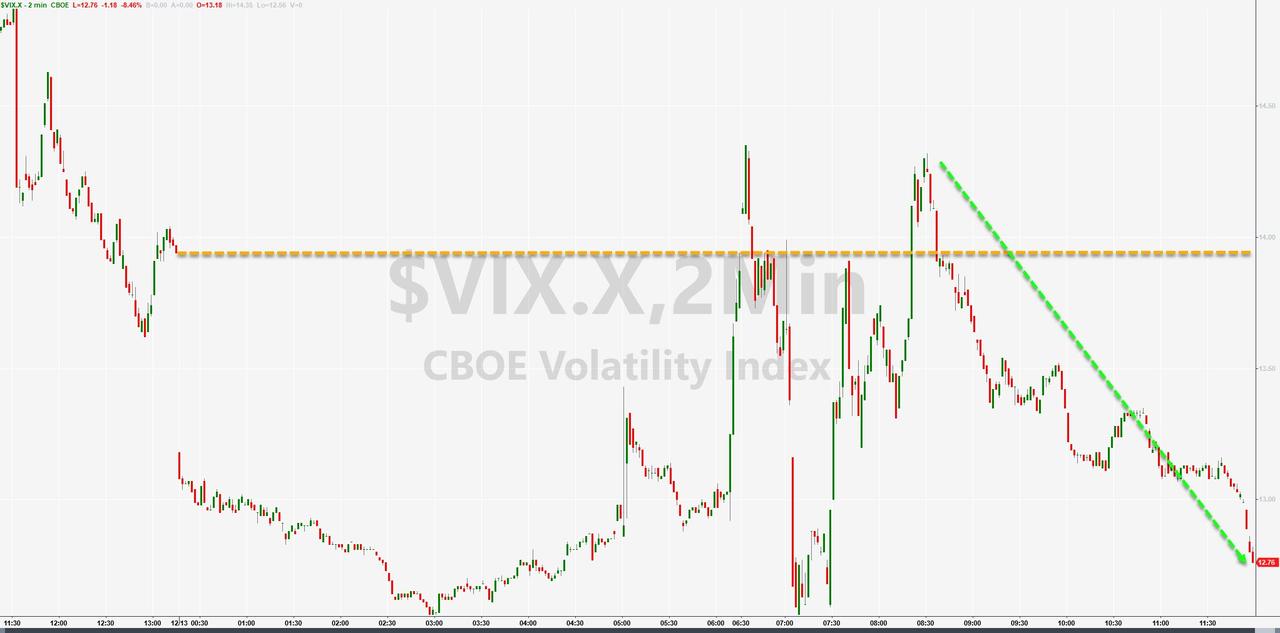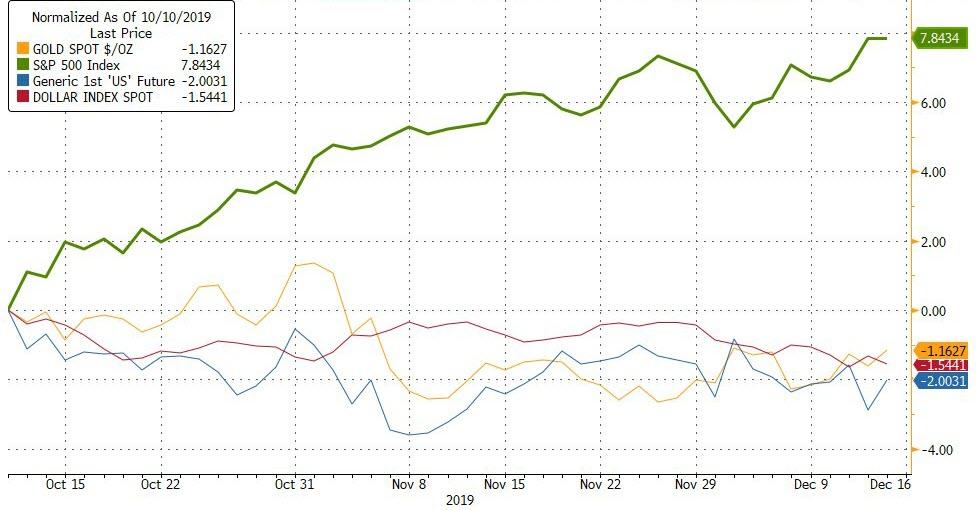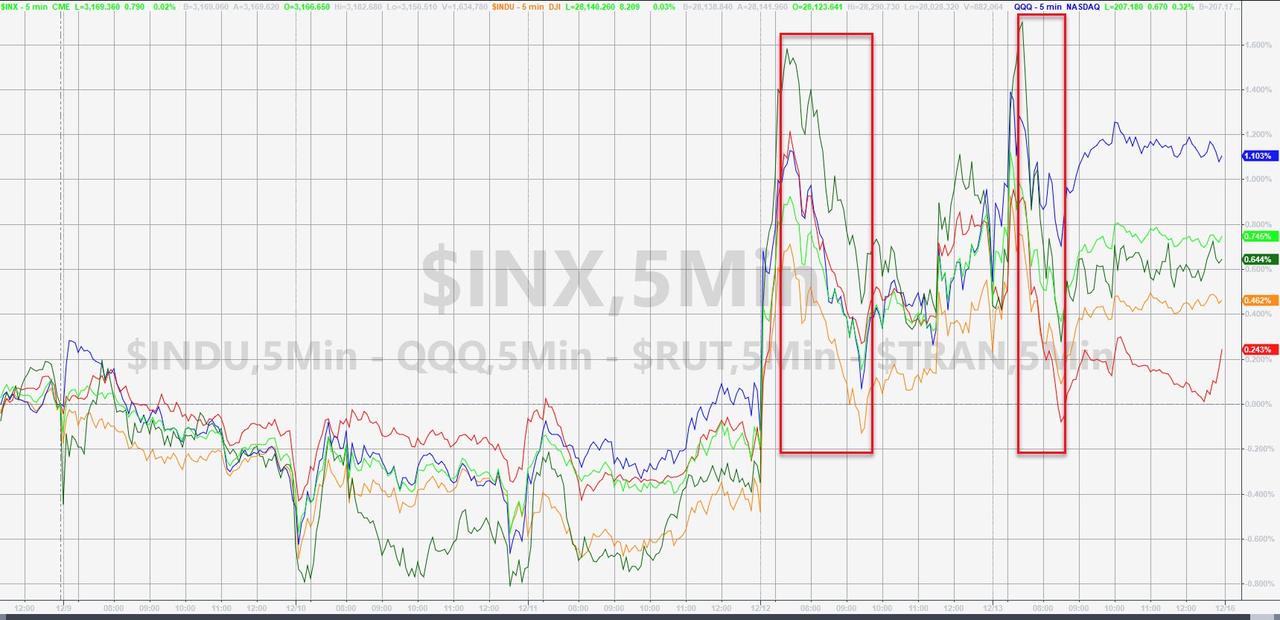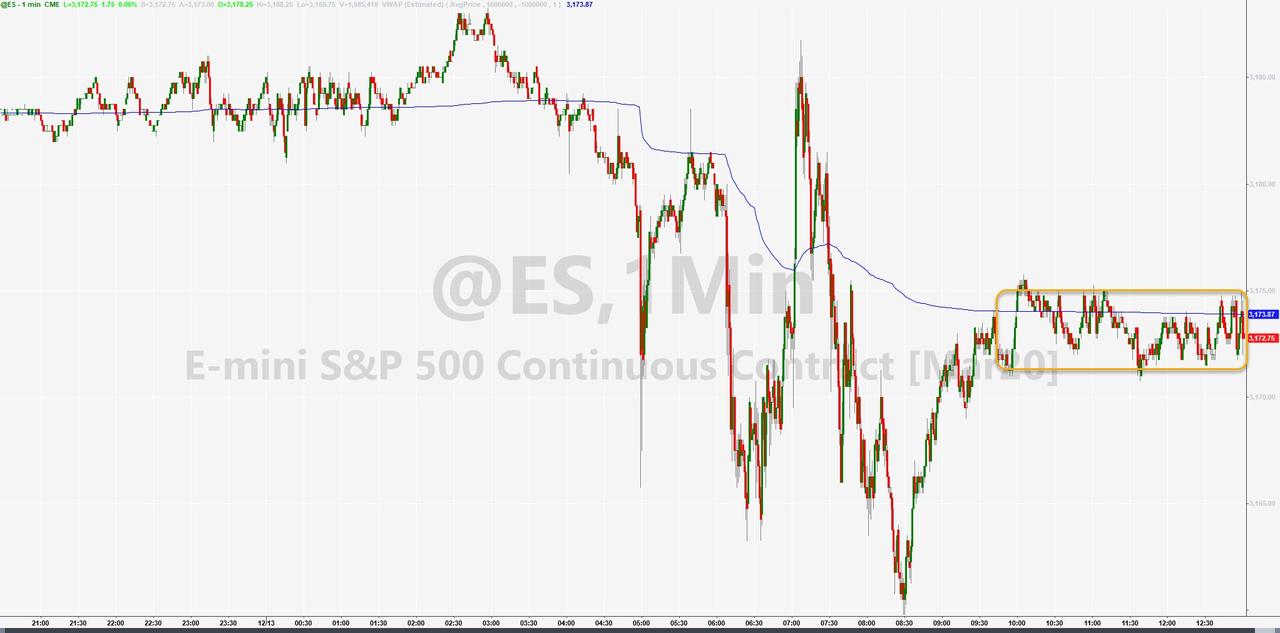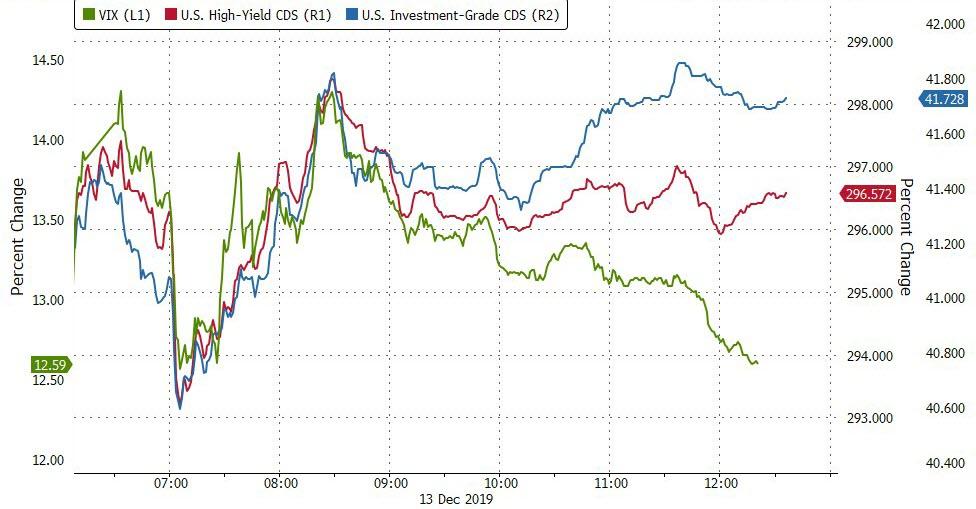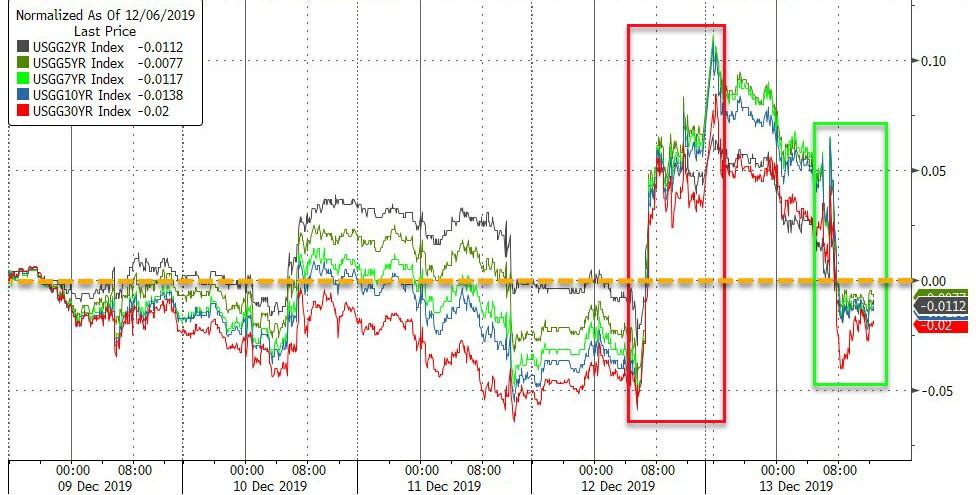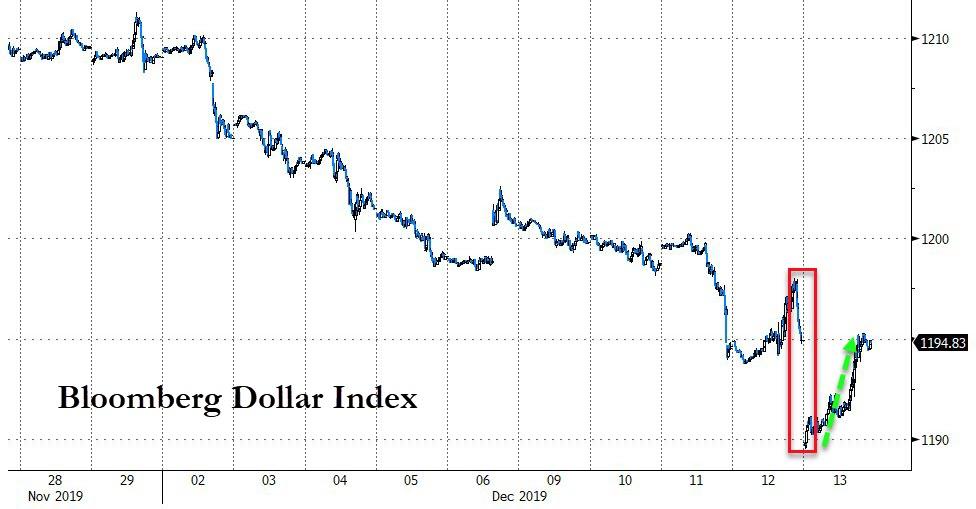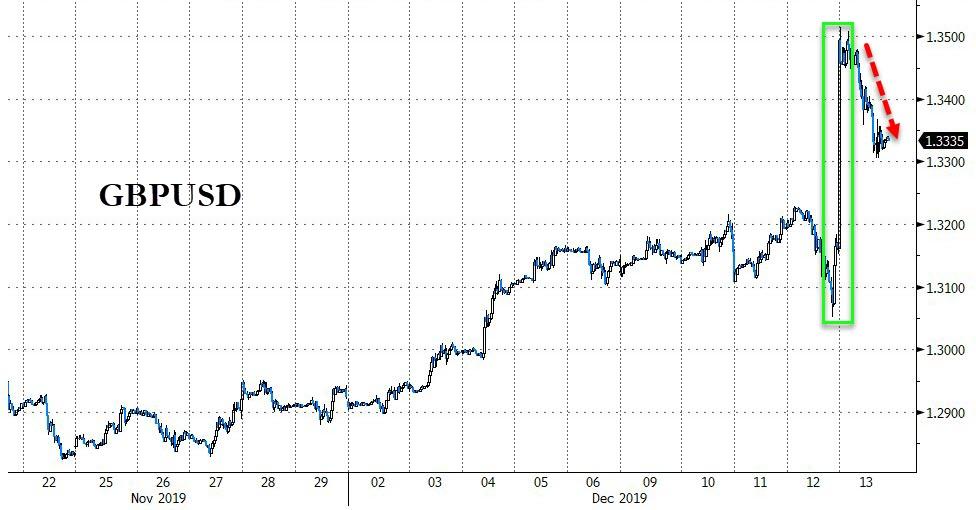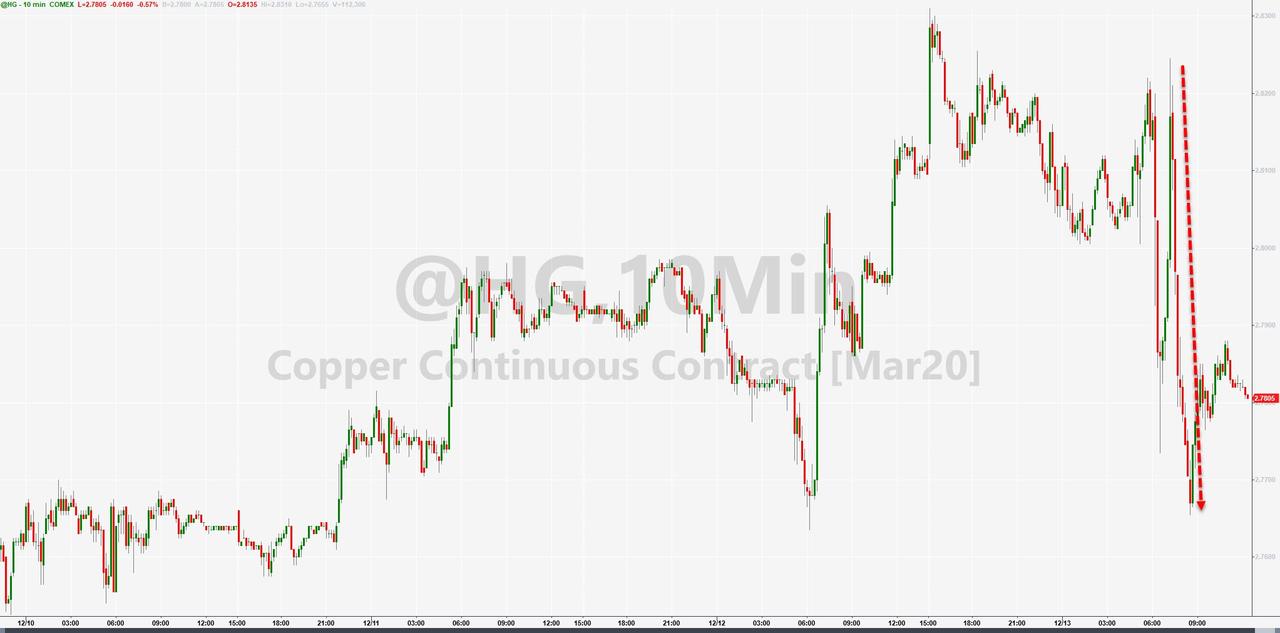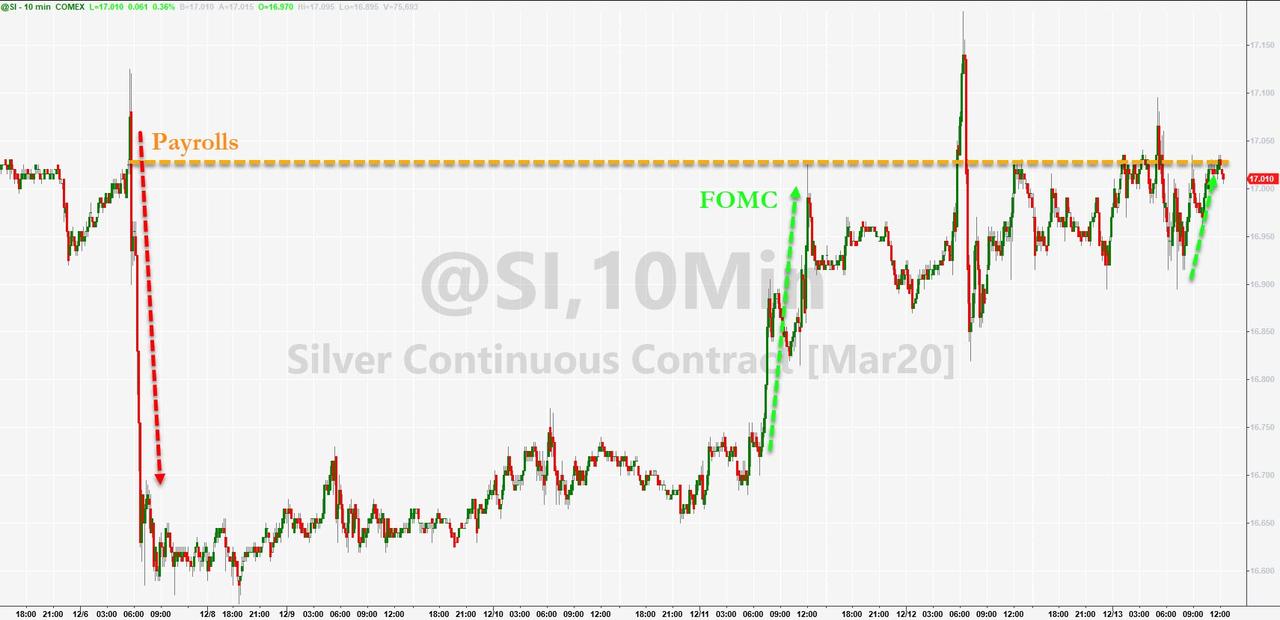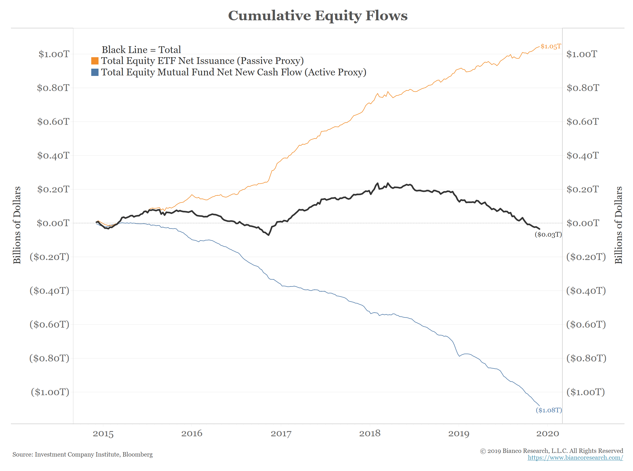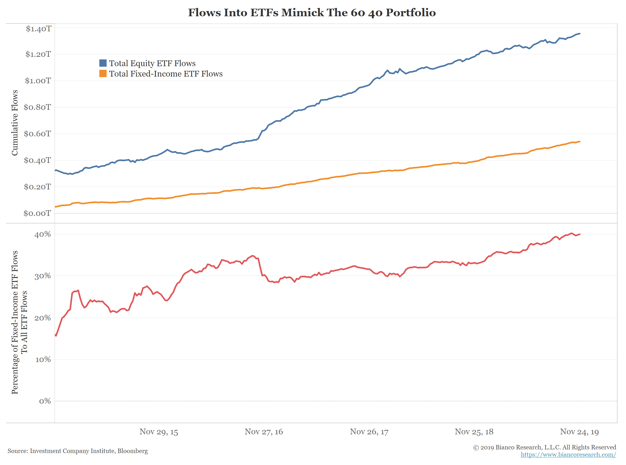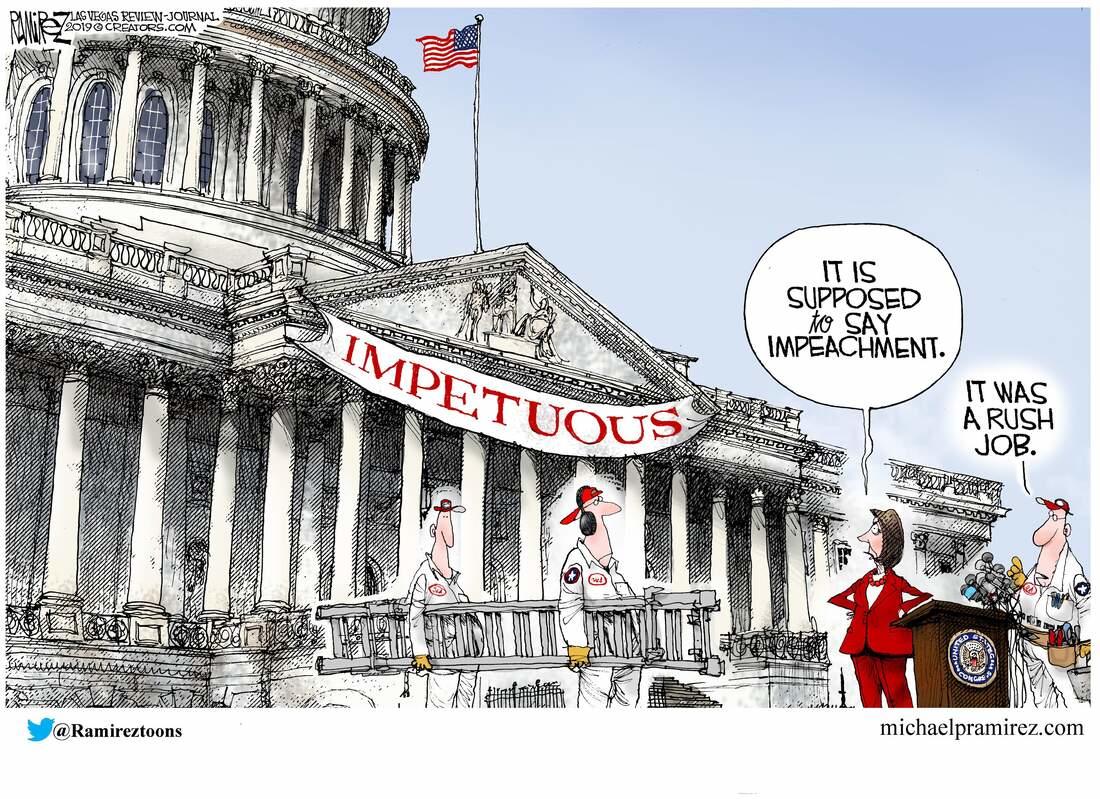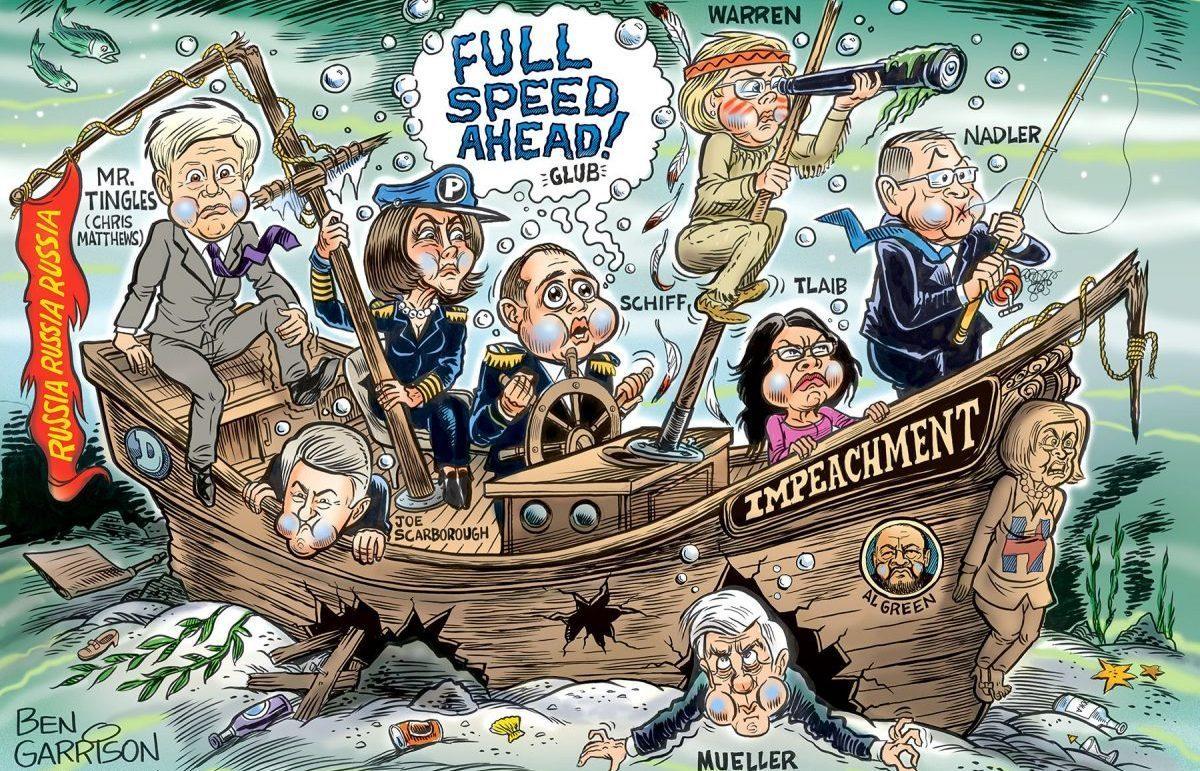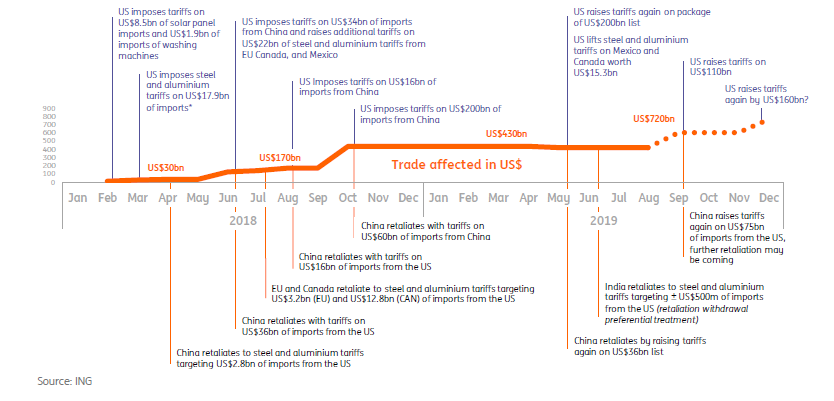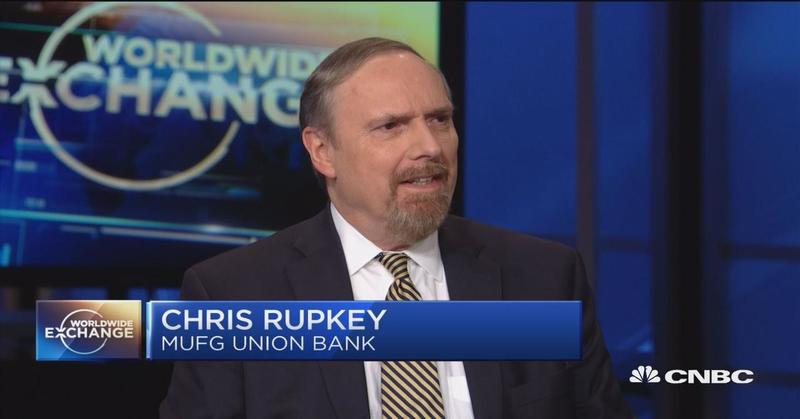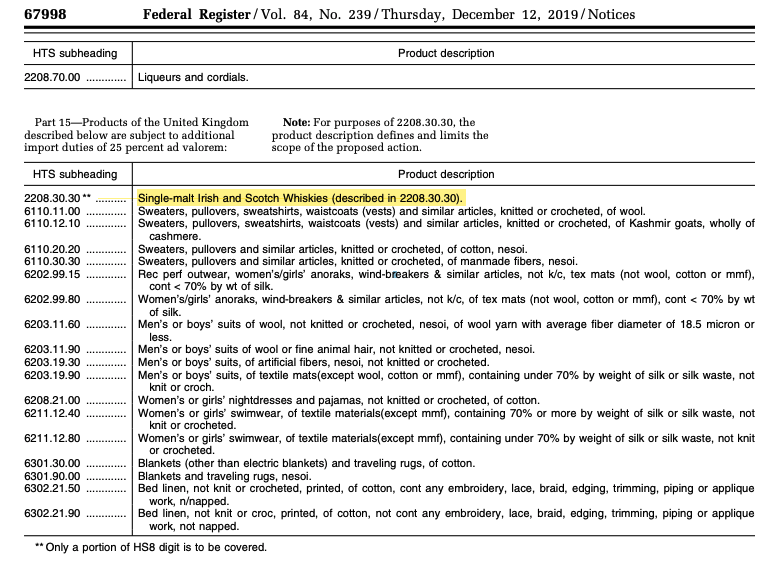Authored by MN Gordon via EconomicPrism.com,
There are many falsehoods being perpetuated these days when it comes to money, financial markets, and the economy. But when you cut the chaff, three related facts remain: Uncle Sam needs your money. He needs a lot of your money. And he needs it bad!
According to the Congressional Budget Office, the federal budget deficit for the first two months of fiscal year 2020 is $342 billion. This amounts to $36 billion more than the deficit recorded during the same period last year. At this rate, Washington’s going to add over $1 trillion to the national debt in FY 2020.
Still, the figures from the CBO aren’t all bad. Revenues in October and November of 2019 were 3 percent higher than they were in October and November of 2018. Regrettably, outlays for these two months were 6 percent higher in 2019 than they were in 2018.
Jacks and Jennets both know from experience that taking three steps forward and six steps back is an inefficient way to lose ground. They also know that the longer this goes on the more ground you lose. So, too, they know that the more ground you lose the harder it is to make up.
For example, after the big three budget items – Medicare, Social Security, and Defense – comes Interest on Debt. Presently, Interest on Debt is over $375 billion. However, the debt is growing by over $1 trillion a year. By this, the Treasury is losing ground.
Moreover, when interest rates rise, and as the pile of government debt approaches $40 trillion over the next decade, interest on the debt will quickly jump to well over $1 trillion. This will put merely the interest on debt at par with expenditures for Medicare and Social Security, and well above Defense.
This is why Uncle Sam needs your money. But how he gets your money is a recipe for disaster…
Dotards Anonymous
President Trump doesn’t want to raise taxes, especially in an election year. He wants to cut taxes. Because voters love tax cuts…so long as they’re not for the rich.
The proven method for a Presidential incumbent to stay in office is to cut taxes and increase spending. And this is precisely what Trump is doing. Spending is increasing two times faster than revenue.
So how will Uncle Sam get your money? He’ll get it by doing more of what he’s already doing. He’ll get it via greater and greater deficits.
When Uncle Sam expands the money supply through deficit spending he effectively dilutes wealth from the dollar. But for Uncle Sam it doesn’t matter if he waters down the dollar to a lite beer. He gets the newly created money first. And he gets to spend it while the money can still lay claim to real labor and resources.
John Maynard Keynes succinctly clarified:
“By a continuing process of inflation, governments can confiscate, secretly and unobserved, an important part of the wealth of their citizens.”
In practice, the increase in the money supply leads to a reduction in purchasing power per monetary unit. So, without levying taxes, Washington confiscates your wealth – your stored time and productivity – in return for debased money.
Still, this doesn’t solve the problem of taking three steps forward and six steps back. Instead, it makes it worse. As the nation ages, and the interest on the debt consumes more and more of the budget, the economy weakens like an anonymous dotard.
Yet this isn’t the half of it…
Banana Republic Money Debasement In America
You see, the U.S. debt based fiat money system, which is dependent on greater and greater issuances of Fed credit, is set up for ultimate failure and disaster. Yet, the road to this endgame, as we discover more and more every day, is paved with madness.
This week, for example, the Federal Reserve Bank of New York – dotards of the xe/xem/xyr genderqueer pronoun identity – published their latest schedule of overnight and term repurchase agreement operations. This, in short, lays out how much fake money they’re going to print up and give to the big banks through January 14, 2020.
Cutting through the minutia, and tabbing it up, is mind-numbing. Fortunately, Zero Hedge – astute fellows of the he/him/his cisgender pronoun identity – were up to the task:
“According to the statement, the NY Fed will continue to offer two-week term repo operations twice per week, four of which span year end. In addition, the Desk will also offer another longer-maturity term repo operation that spans year end. The amount offered in this operation will be at least $50 billion…
“In addition, to prevent a cascading year-end liquidity squeeze, Fed overnight repo operations will continue to be held each day, and just to be safe, the Fed will go to town by substantially expanding their size: On December 31, 2019 and January 2, 2020, the overnight repo offering will increase to at least $150 billion to cover the ‘turn’ in a flood of overnight liquidity. In addition, on December 30, 2019, the Desk will offer a $75 billion repo that settles on December 31, 2019 and matures on January 2, 2020.
“And just in case that’s not enough, the NY Fed’s markets desk also added that it ‘intends to adjust the timing and amounts of repo operations as needed to mitigate the risk of money market pressures that could adversely affect policy implementation, consistent with the directive from the FOMC.’
“What the Fed means is that in addition to expanding the sizes of its ‘turn’ overnight repos to $150 billion, the Fed will conduct a total of nine term repos covering the year-end turn from Dec 16 to Jan 14, 8 of which will amount to $35BN and the first will be $50BN, for a total injection of a whopping $365 billion in the coming month…
“There’s more: add in the incremental liquidity from the expanded overnight repo of about $50 billion and another $60 billion in T-Bill purchases, and the Fed will inject a total of just shy of $500 billion in the next 30 days!
“This also means that by Jan 14, the Fed’s balance sheet would have grown by a cumulative $365BN in ‘temporary’ repos, and together with the expanded overnight repos, and the $60BN in monthly TBill purchases, and by mid-January, the Fed’s balance sheet, currently at $4.066 trillion, will surpass its all time high of $4.5 trillion!”
This, without question, constitutes mass money debasement of the likes typically reserved for banana republics. Somehow we think all this funny money is needed to keep the U.S. Treasury flush with cash.
Moreover, if this $500 billion madness is needed just to get to January 14, what madness will be needed come January 15?
Our guess: Take the current number and double it. Then double it again.
